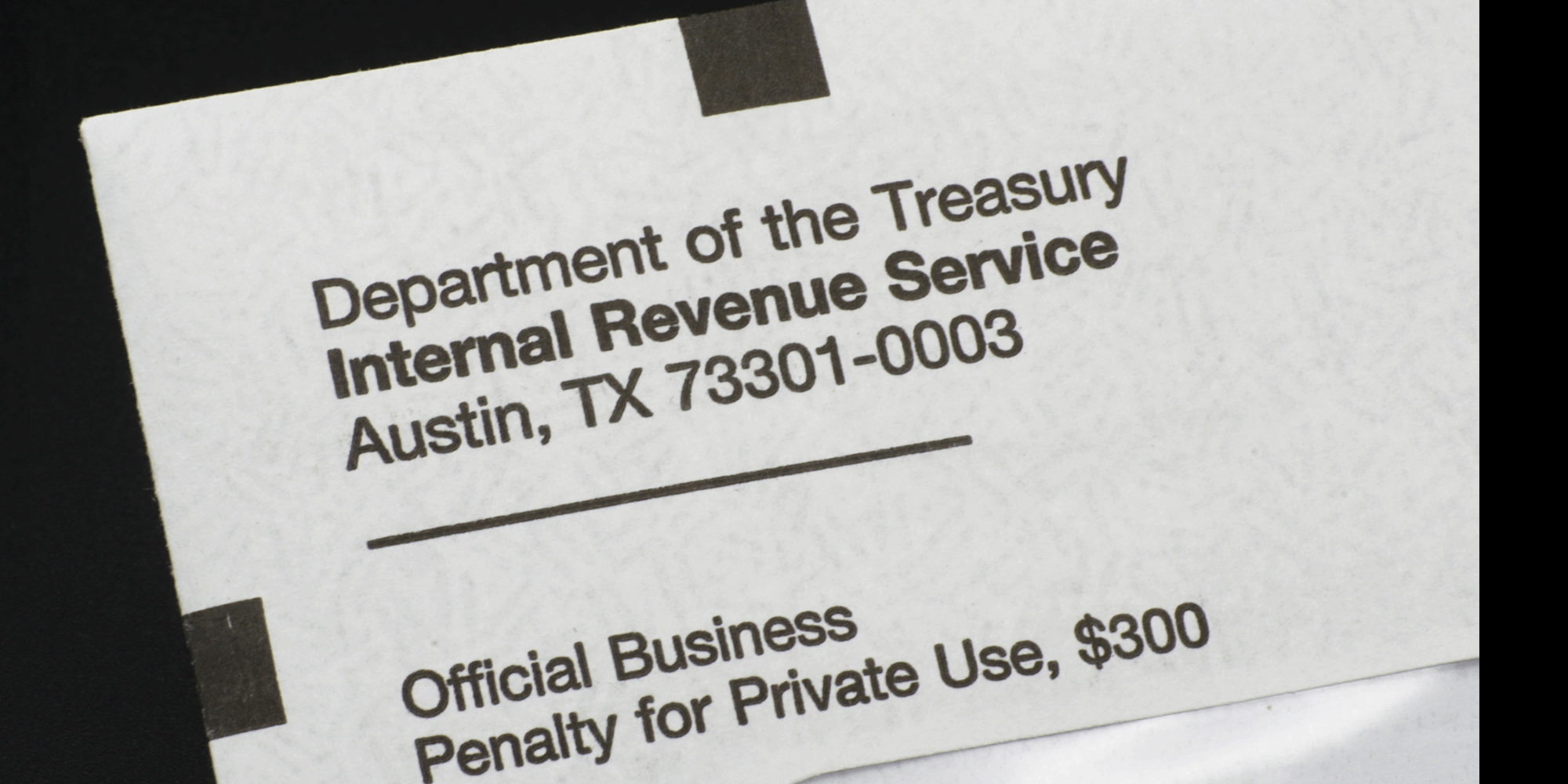Offers-in-Compromise: How the RCP Formula actually works
For individuals who owe the IRS money, an offer in compromise may seem like a dream come true. This program allows taxpayers to settle their debt for less than the full amount owed. However, the IRS has its own set of rules that they use to calculate how much you will need to pay in order to settle your tax debt. These calculations can be confusing, and many taxpayers don't understand how the formula actually works. In this article, we will break down the RCP formula so that you can understand how it is used to calculate your offer amount.
Many people are unsure of how the IRS applies the RCP formula to their specific tax debt. For starters, the RCP formula is used to calculate the taxpayer's ability to pay their tax debt. This calculation takes into account the taxpayer's income, assets, and liabilities.
How the RCP Formula actually works
The first step in the process is to determine the taxpayer's monthly disposable income. This figure is calculated by subtracting all of the necessary living expenses from the taxpayer's monthly gross income.
This includes rent or mortgage payments, car payments, insurance premiums, and any other necessary expenses. Once the disposable income has been calculated, it is then multiplied by 12 to get the annual disposable income.
The second step in the process is to calculate the taxpayer's assets. This figure is determined by subtracting all of the taxpayer's liabilities from the fair market value of their assets. This includes any debts such as credit card bills, student loans, or car payments.
The third step is to multiply these two figures together by 48 months (four years). The result will be your offer in compromise amount for a four-year period. If you have more than one tax debt, the offer amount will be based on the highest amount owed.
While this formula may seem confusing at first, it is actually a very straightforward way to calculate your offer in compromise. By understanding how the IRS applies this formula, you can better estimate what you may need to pay in order to settle your tax debt. For more information on offers in compromise, please visit our website or contact us today.
The IRS uses the RCP formula to determine taxpayers' ability to pay their tax debt. This calculation takes into account the taxpayer's monthly disposable income and assets. Once these figures have been calculated, they are multiplied by 48 months (four years) to get the offer in compromise amount for a four-year period.
Conclusion
An offer in compromise is a great way to settle your tax debt for less than the full amount owed. However, it's important to understand how the IRS applies the RCP formula to your specific situation. By understanding this formula, you can better estimate what you may need to pay in order to settle your tax debt. For more information on offers in compromise, please visit our website or contact us today.
Call me: (678) 641-3193
Posts by Tag
- tax problems (48)
- tax services (41)
- How the IRS Works (39)
- Resolving tax debt (38)
- Offer in Compromise (17)
- Tax News (13)
- 2023 Taxes (11)
- Tax Relief (6)
- filing deadline (6)
- Tax Preparation (5)
- 2020 taxes (4)
- Tax Advice (4)
- Avoiding an Audit (3)
- IRS Final Notice (2)
- Save Money (2)
- Estate Planning (1)
- Prior year returns (1)
Recent Posts
Popular Posts
Where's My Refund?
Just wanted to give you a...
An Offer-in-Compromise (OIC) is an agreement...
IRS IS CRACKING DOWN
The IRS has made it...

